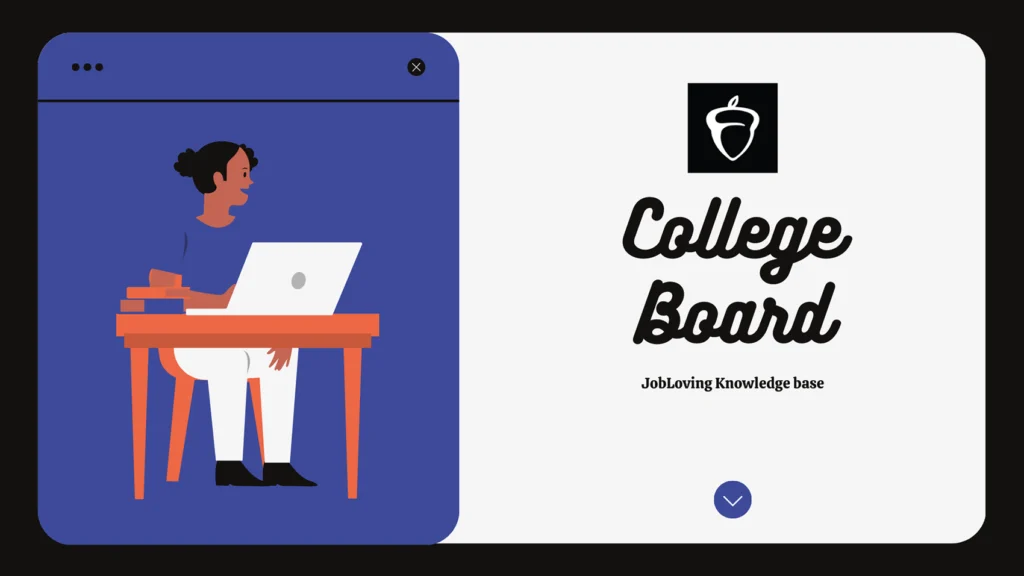The 1099-What-Now? Decoding the Tax Forms for College Financial Aid
You’re finally done with the SATs. You’ve got your college applications in. You’re ready to party. But wait! There’s one more hurdle: the dreaded financial aid forms. The CSS Profile, the FAFSA, and those pesky 1099 forms. Ugh, nobody wants to deal with taxes during their college application process!
Fear not, fellow college-bound warriors, because we’re about to break down the 1099 mystery and make it as painless as possible (well, as painless as dealing with taxes can be).
What’s the Deal with 1099 Forms?
Think of 1099 forms as the IRS’s way of keeping tabs on income that isn’t your regular paycheck. These forms are for independent contractors, freelancers, gig workers, people who receive rental income, and anyone else who gets paid a bit differently.
Here’s the lowdown on the most common 1099 forms you might encounter:
- Form 1099-NEC (Nonemployee Compensation): This is the big one for college students and their families. Think of it as the “I worked a side hustle” form. If your parents or you earned $600 or more from a gig, freelance work, or any other non-employee compensation, you’ll receive this form.
- Form 1099-MISC (Miscellaneous Income): This form covers a wider range of income sources, including rent, royalties, and even payments for services that aren’t specifically classified as “nonemployee compensation.”
So, why do colleges care about these 1099s?
Simple: They’re a key piece of the financial puzzle when determining your eligibility for financial aid. Colleges want to see the full picture of your family’s income, and these forms help them understand your financial situation more accurately.
Navigating the Financial Aid Maze: CSS Profile vs. FAFSA
Let’s talk about the two main financial aid applications:
- The CSS Profile: This is a college-specific application, used by many private colleges and universities. It’s a bit more detailed than the FAFSA and digs into your family’s financial information.
- The FAFSA (Free Application for Federal Student Aid): This is the standard application for federal financial aid, including Pell Grants, Stafford Loans, and other federal aid programs.
Now, here’s where things get interesting: Both the CSS Profile and the FAFSA require you to provide information about your income and assets. This is where those 1099 forms come into play.
IDOC: Your Financial Aid Documents’ Digital Home
You’re probably thinking, “Great, so I have to dig up all these forms and mail them to every college I’m applying to?” Thankfully, there’s a better way! Enter IDOC, the College Board’s online service for submitting financial aid documents.
IDOC is like a digital dropbox for your financial information. You upload your tax returns, W-2s, 1099s, and other relevant documents, and IDOC automatically sends them to all the colleges you’ve selected. It’s much more convenient and efficient than sending paper forms to each school individually.
Here’s how IDOC works:
- Gather Your Documents: Make sure you have your most recent tax returns (and your parent’s, if applicable), including all the W-2s and 1099s.
- Create an IDOC Account: Head to the College Board’s website and create an account.
- Upload Your Documents: Follow the prompts to upload all your financial documents.
- Select Your Schools: Choose the colleges you want to receive your financial information.
- Track Your Documents: IDOC allows you to track the status of your document submissions and see which schools have received them.
The 1099-R: A Retirement Account Twist
One more specific 1099 form to keep in mind is the 1099-R. This form deals with distributions from pensions, annuities, and retirement plans. If your parents have withdrawn money from a retirement account, they’ll receive a 1099-R. This form is important because it can affect your eligibility for financial aid, particularly for need-based aid.
The Bottom Line: Navigating the 1099 Jungle
Remember, the key to navigating the financial aid process is to be organized and proactive. Make sure you have all your required tax documents handy, and don’t hesitate to reach out to the financial aid offices of the colleges you’re applying to if you have any questions.
And remember, your financial situation is unique! What might be a standard form for one family could be a completely different situation for another.
So, don’t be afraid to ask for help.
If you’re still feeling lost in the 1099 jungle, don’t worry! Join us at JobLoving, a community dedicated to helping students navigate the college application process and beyond. We’re here to provide guidance, resources, and a supportive community to help you achieve your dreams.
Let’s conquer college together!

